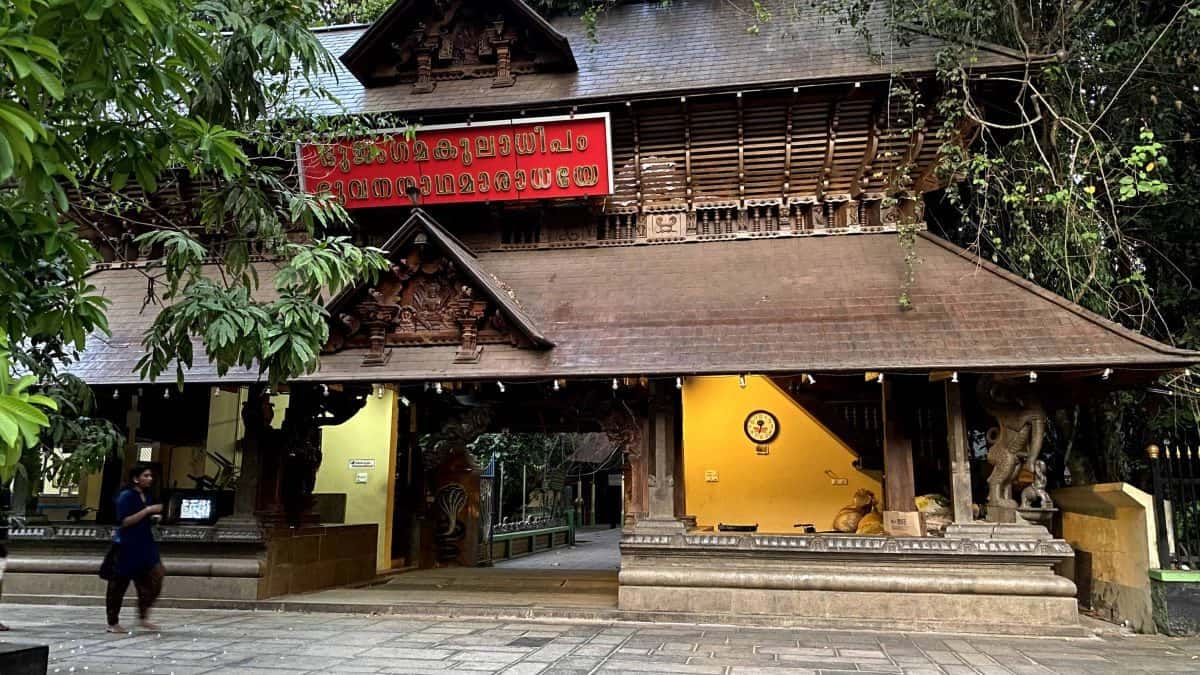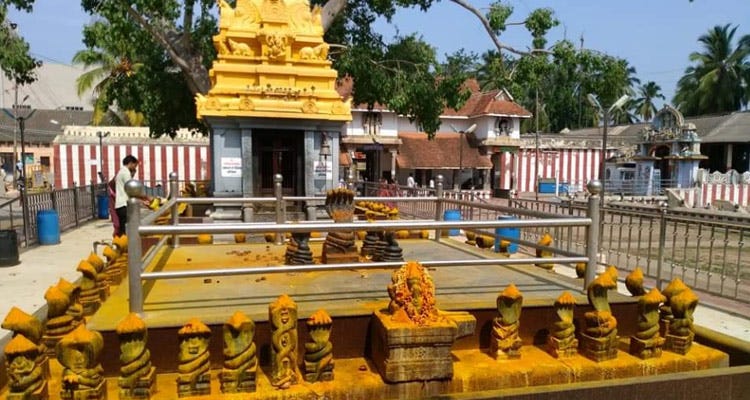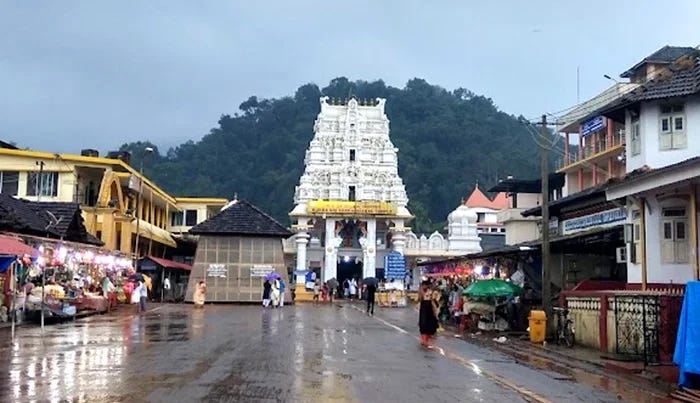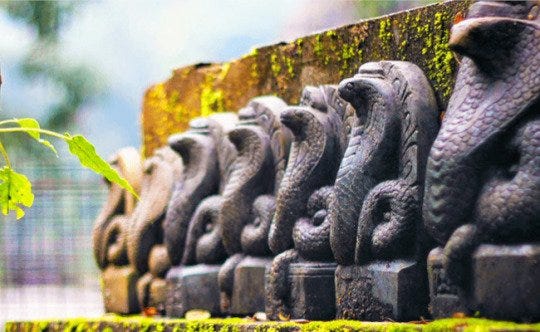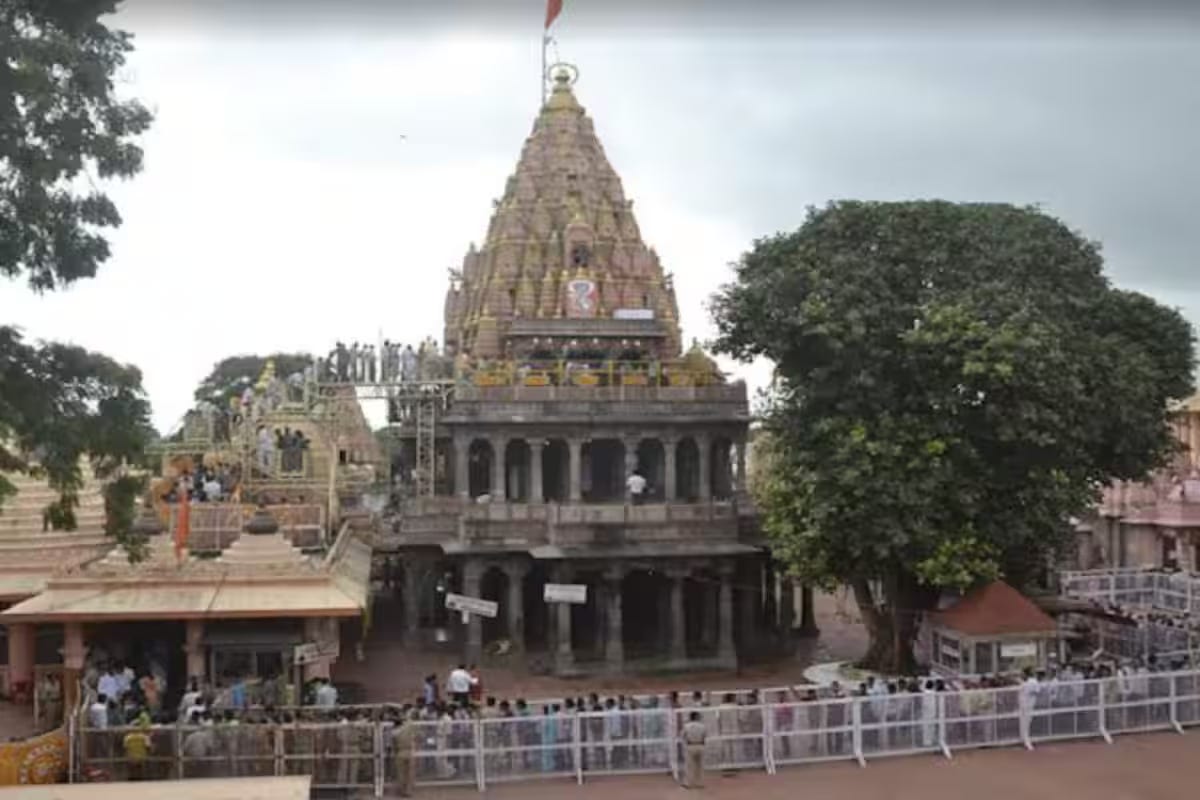Nag Panchami, an auspicious Hindu festival, was celebrated across India on Tuesday, July 29, 2025. On this sacred day, devotees offered prayers to serpent deities, seeking blessings for protection, prosperity, fertility, and the removal of Sarpa Dosha (snake-related afflictions in astrology).
Rooted in Vedic mythology and deeply symbolic of nature’s balance, serpent worship is a profound spiritual practice. Many temples in India become centers of divine energy during this time, with unique rituals and thousands of devotees participating in special ceremonies.
Here is a detailed guide to the Top 5 Temples in India where Nag Panchami holds extraordinary religious and cultural significance:
1. Mannarasala Sree Nagaraja Temple, Kerala
📍 Location: Harippad, Alappuzha District
This sacred grove temple is dedicated to Nagaraja, the serpent king. According to legend, Lord Parashurama reclaimed Kerala from the sea, but the land was uninhabitable due to a serpent infestation. Parashurama requested Nagaraja to make the land fertile and habitable, and the divine serpent agreed to dwell in Mannarasala.
✨ Highlights:
More than 30,000 stone snake idols line the temple paths.
Managed uniquely by a Brahmin woman priest.
Known for rituals aiding fertility and protection.
Devotees perform turmeric and milk offerings during Nag Panchami.
2. Nagaraja Temple, Nagercoil, Tamil Nadu
📍 Location: Nagercoil, Kanyakumari District
A historically significant temple where Nagaraja is worshipped as a five-hooded serpent deity. The temple is an amalgamation of serpent worship and Vaishnavism, with idols of Lord Krishna alongside the serpent god.
✨ Highlights:
The main idol is made of sand and ritually replaced annually.
Special poojas and Sarpa Dosha remedies are performed on Nag Panchami.
A spiritual destination for those seeking blessings against infertility and skin ailments.
3. Kukke Subramanya Temple, Karnataka
📍 Location: Subramanya, Dakshina Kannada District
This ancient temple, nestled in the Western Ghats, is dedicated to Lord Subramanya, who is revered as the protector of serpents. The temple attracts thousands of devotees year-round, especially during Nag Panchami.
✨ Highlights:
Hosts powerful rituals like Sarpa Samskara and Ashlesha Bali.
The temple is located on the serene banks of the Kumaradhara River.
A vital center for those suffering from ancestral curses and astrological doshas.
4. Bhujang Naga Temple, Gujarat
📍 Location: Bhuj, Kutch District
This temple is dedicated to Bhujang Naga, the guardian serpent deity believed to protect the city. Local lore says the name "Bhuj" itself is derived from this divine snake.
✨ Highlights:
An important pilgrimage for Nag Panchami celebrations in western India.
Devotees offer milk, flowers, and turmeric to the deity.
Known for its protective energy and healing blessings.
5. Nagchandreshwar Temple, Ujjain, Madhya Pradesh
📍 Location: Inside Mahakaleshwar Temple Complex, Ujjain
This extraordinary temple is only opened once a year, on Nag Panchami, making it a rare and powerful spiritual destination. The temple features a unique idol of Lord Shiva seated on a throne of serpents, alongside Nagchandreshwar.
✨ Highlights:
Massive queues begin from midnight for the once-a-year darshan.
Considered extremely auspicious to witness the opening of this temple.
Situated in the Mahakaleshwar Jyotirlinga complex, one of the most sacred Shaivite sites.
Spiritual Significance of Nag Panchami
Nag Panchami celebrates the divine role of serpents in Hindu cosmology. Serpents are regarded as protectors, healers, and symbols of fertility and renewal. This festival:
Aligns devotees with cosmic balance and ancestral wisdom.
Offers remedies for Sarpa Dosha, infertility, and unexplained hardships.
Honors deities like Nagaraja, Vasuki, Ananta, and Lord Subramanya, who are associated with snakes.
A Journey into Faith and Myth
Nag Panchami 2025 was marked by devotion, vibrant rituals, and profound spiritual expression at these five iconic serpent temples. Whether nestled in Kerala’s groves or hidden inside Ujjain’s Mahakal complex, each temple radiates a unique divine aura.
Visiting these sacred sites- especially during Nag Panchami - not only deepens your connection to India’s spiritual heritage but also invites divine blessings for peace, prosperity, and protection.


